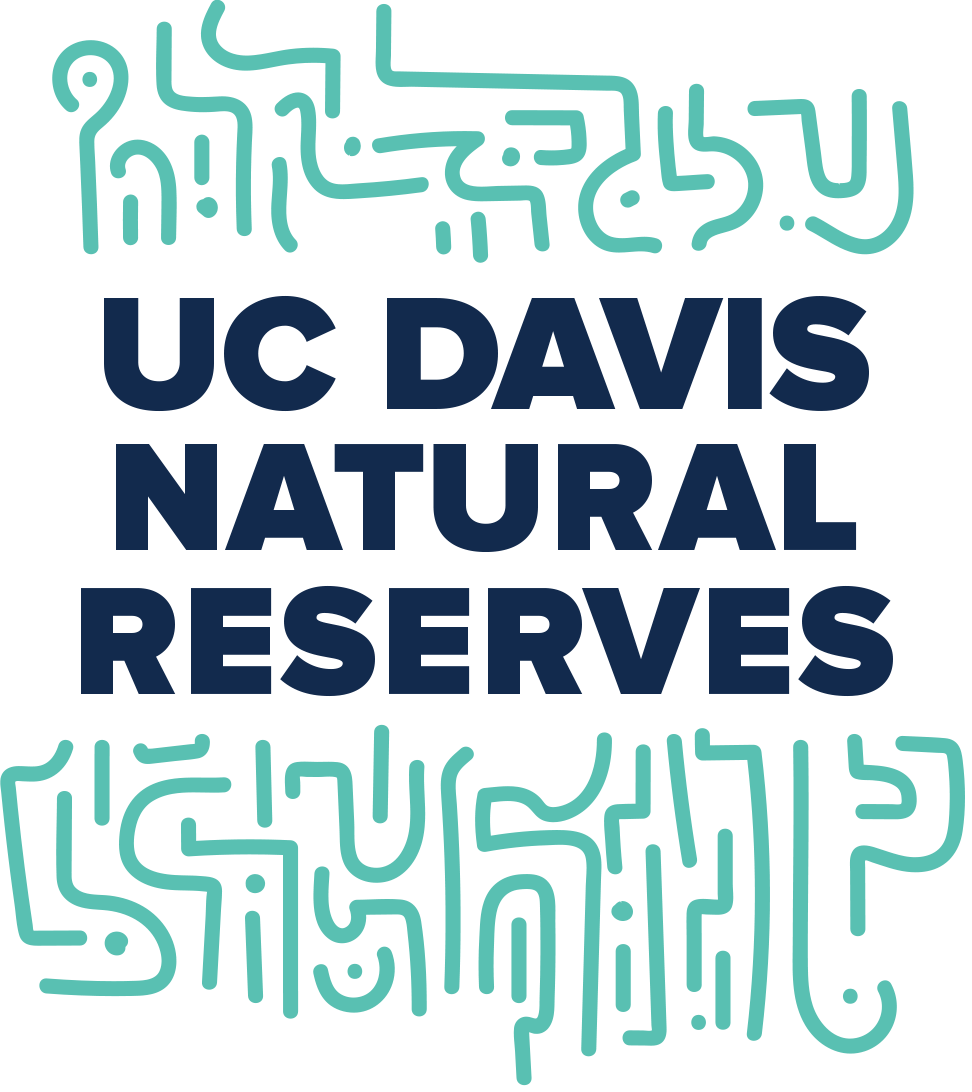History and Management of the Jepson Prairie Preserve
Jepson Prairie Preserve is one of California’s best remaining examples of claypan vernal pools and bunchgrass prairie. These habitats were once more widespread in the great central valley, but most have been converted to agriculture and development. For this reason, a number of Jepson Prairie’s vernal pool species are listed under the Federal or state endangered species acts.
In the 1950’s, scientists began to realize that only fragments of California’s original 13 million acres of grassland remained and that undisturbed vernal pools were also becoming critically rare. Researchers at the University of California had long used the Jepson Prairie area as a field site and were very aware of its importance as a habitat for rare species.
- On December 31, 1980 The Nature Conservancy (TNC) purchased 1,566 acres of property containing Olcott Lake and surrounding bunchgrass prairie from the Southern Pacific Railroad.
- A cooperative use agreement with the University of California brought the Preserve into the University’s Natural Reserve System in 1983.
- In 1987 the Preserve received additional recognition when the National Park Service named it a National Natural Landmark, a designation given to well preserved sites which illustrate a particular type of natural feature and provide high quality habitat for threatened and endangered species.
- In 1997 TNC transferred title of Jepson Prairie Preserve to the Solano Land Trust, a non-profit land trust dedicated to the protection and preservation of farmland and open space in Solano County. TNC retains a conservation easement over the Preserve that requires it to be conserved in perpetuity for native species and natural diversity.

Current Management of Jepson Prairie
Jepson Prairie Preserve is managed by Solano Land Trust in close cooperation with the University of Californa Natural Reserve System, The Nature Conservancy, the Hamilton Brothers Ranch, and the Jepson Prairie Docents. There is a management plan for the Preserve which sets both short and long term objectives. The primary goal of the management plan is to maintain the native species and their habitats.

